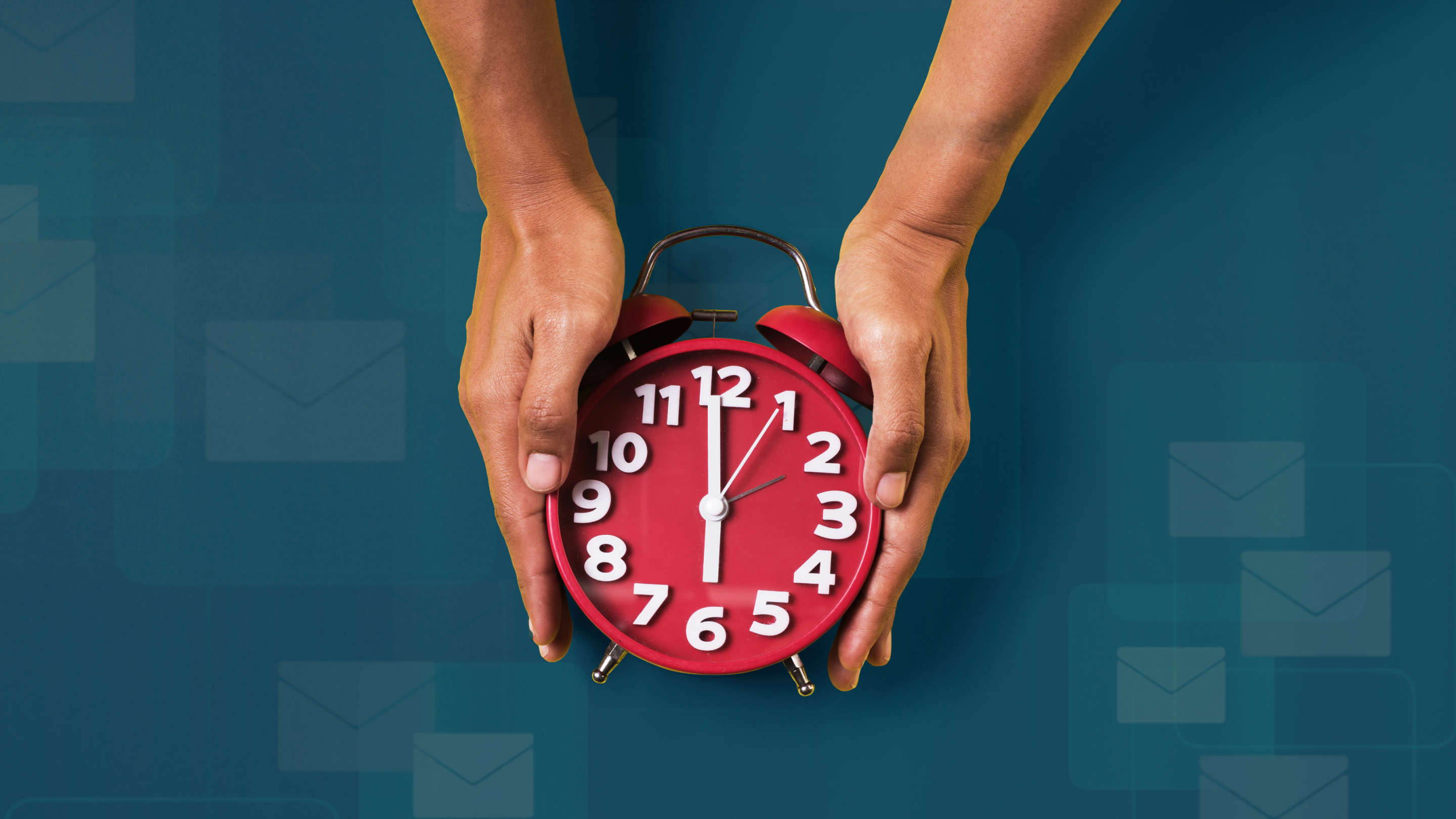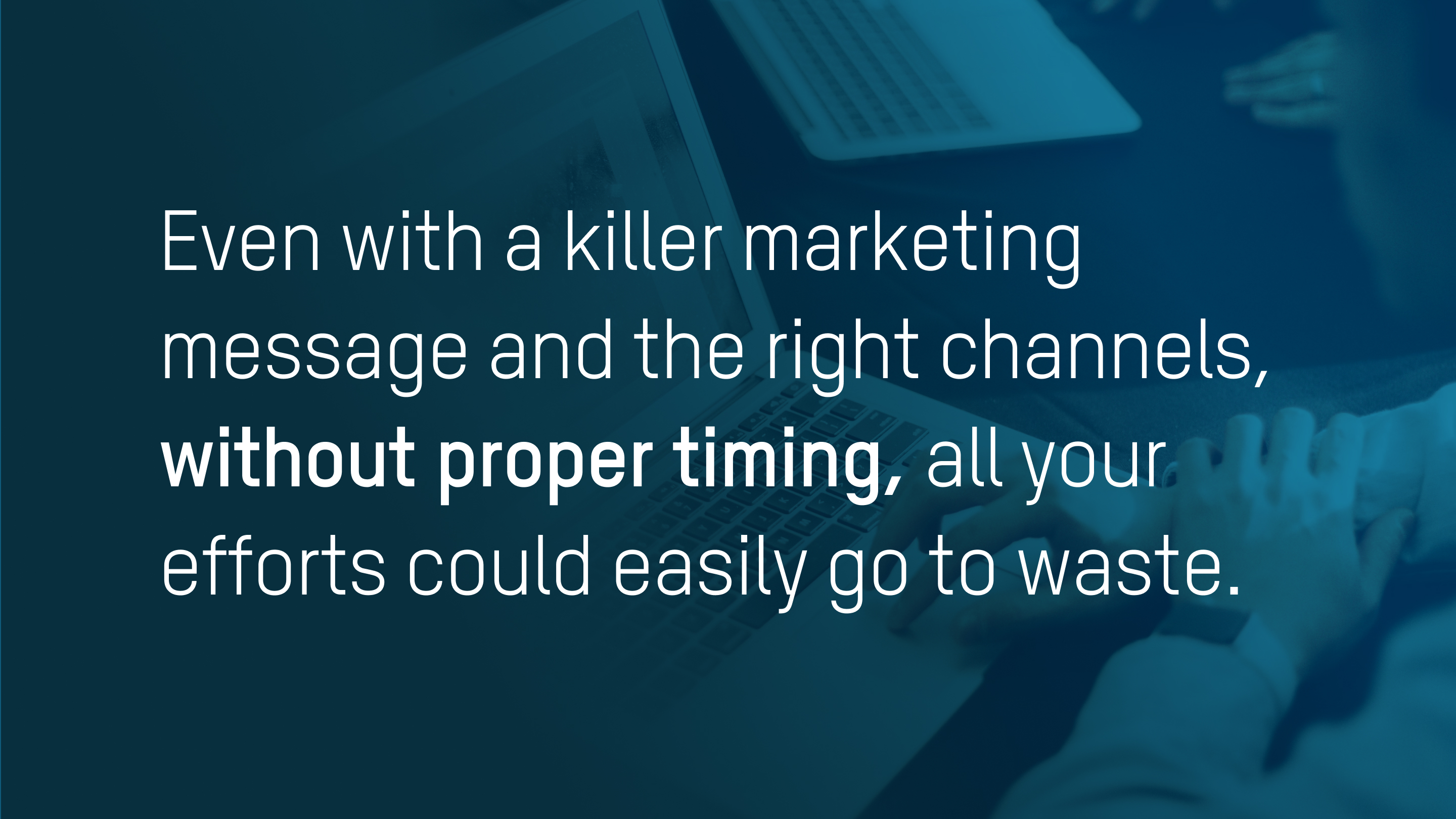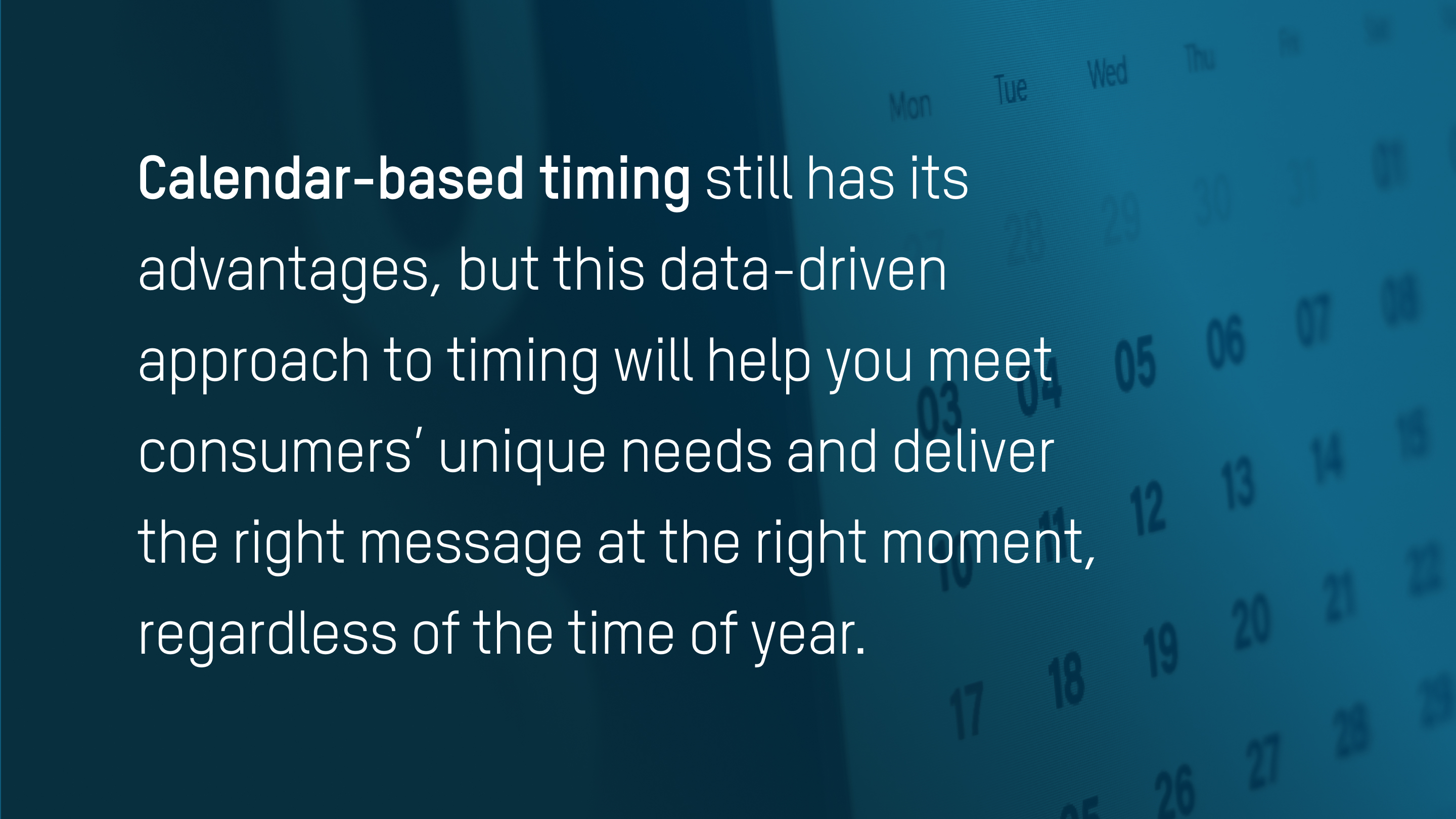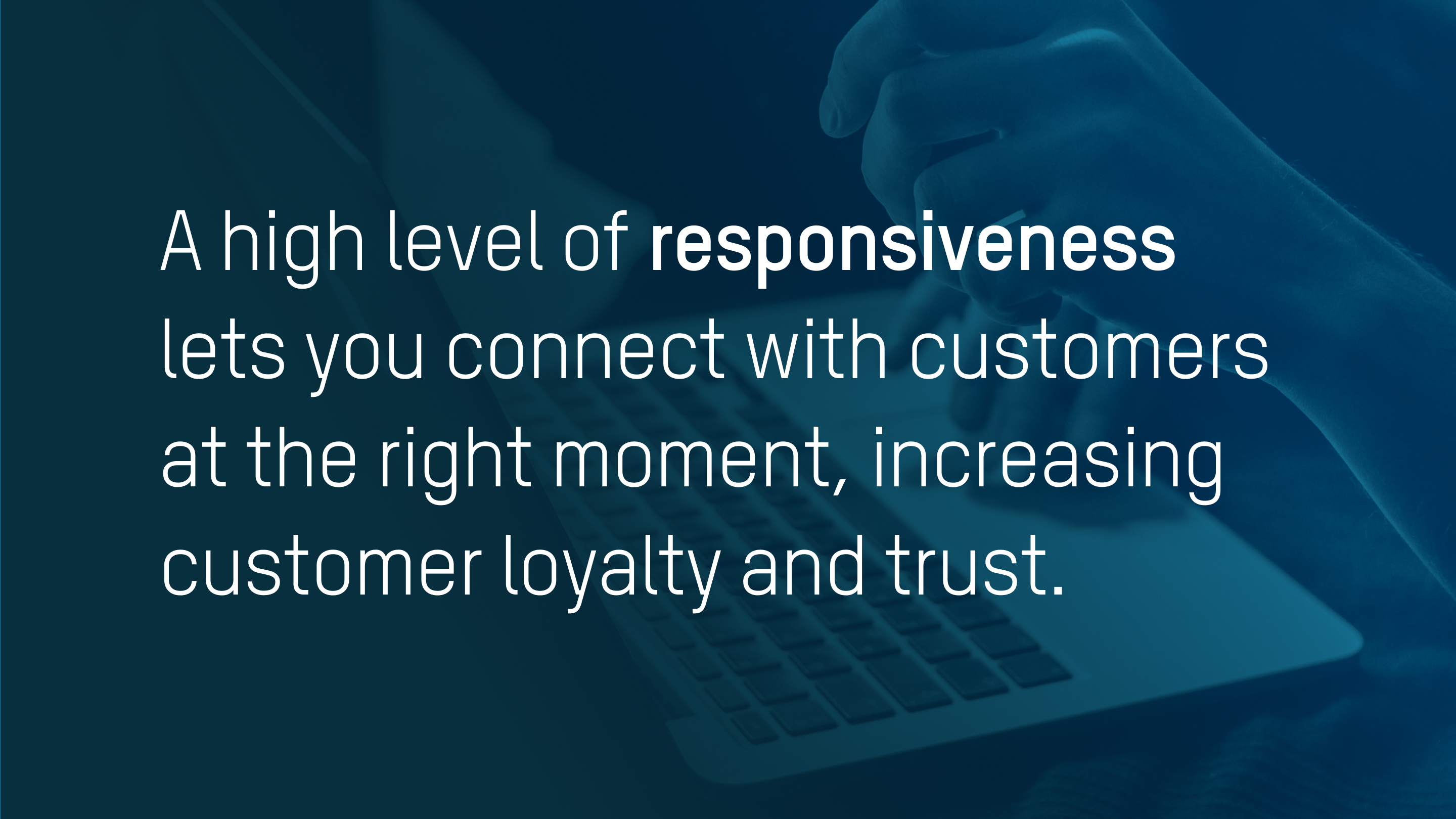The Key to Effective Personalization in Marketing: 3 Elements of Timing

The heartfelt birthday message in your inbox, followed by a promise of a 40% discount. The sponsored post in your feed, inspired by your recent Google searches. The dynamic homepage that changes based on your location. What do all of these experiences have in common? They’re all examples of personalized marketing.
Personalization in marketing involves tailoring content and experiences to match consumers’ preferences, interests, or past purchases. Its goal is pretty simple: to earn consumer trust and form meaningful customer relationships, ultimately driving customer loyalty.
With the constant competition for audience attention, personalization is a must for brands expecting real results from their marketing. In fact, around 63% of marketers noticed increased customer engagement and conversion rates when they started integrating personalization into their digital marketing strategies.
But here’s the catch: to achieve the maximum result, there’s one crucial element you must get right—and that’s timing.

Timing is everything
The success of your digital marketing efforts depends on timing. Even with a killer marketing message and the right channels, without proper timing, all your efforts could easily go to waste. With something as simple as timing, companies can rack up more revenue for a lower cost—yet it remains one of the most overlooked aspects of personalization.
You might be wondering, does it all boil down to sending out messages at the right time? Not exactly. Contrary to popular belief, timing is more than just setting cadence or creating optimal campaign schedules. According to Bain & Company, timing requires examining signals, establishing sequence, and recognizing the importance of speed.
#1 Signals: Moving away from calendar-based timing
Many brands still follow the traditional approach to timing—using seasons, holidays, and occasions as markers for rolling out messages or campaigns. While this calendar-based approach is still somewhat effective, it no longer delivers sure-fire results in today’s nuanced marketing landscape. This is mostly because fixed timing strategies lack a personal touch. They’re rigid, generic, and don’t resonate as much with consumers. Instead of focusing on these traditional markers, you should start paying attention to a data-driven approach to timing called “signals”.

Signals help identify consumer intent based on which stage of the purchase journey they’re in, making them the most reliable indicators for timing in digital marketing. User searches, specifically keywords, within a given timeframe, are a perfect example of a signal that may be used to determine intent. Signals shine a light on what consumers need at the exact stage of their customer journey—which is the exact moment they’re most open to receiving or acting on marketing messages.
Customer data is critical in identifying signals. You need data to uncover what your customer is looking for and determine the perfect opportunity to send out a marketing message. Don’t get us wrong. While calendar-based timing still has its advantages, this data-driven approach to timing will help you meet consumers’ unique needs and deliver the right message at the right moment, regardless of the time of year, taking personalization a step further.
#2 Sequence: Aspirational vs. price-focused messaging?
We often think of timing as a matter of deciding on the frequency of sending out messages or campaigns. But timing also relates to the sequence of those communications.
In this context, sequence refers to delivering a series of marketing messages in a strategic order, tailored to match each stage in a customer’s journey. The order in which brands deliver messages heavily impacts how they are received by consumers.
The most basic example of a sound sequence is leading with brand image messaging, commonly known as the halo effect. Starting with brand image or aspirational messaging before introducing promotional or price-centered messaging works best for customers who are at the beginning of their purchasing journeys. When a customer responds to a brand message, it indicates that an immediate promotional message may not be necessary.
Leading with promotional messages for new customers might boost sales in the short term, but it won’t build long-term value. Basically, if immediate sales are your goal, this type of sequence might work. But if you're looking to lead and maintain with a clear and lasting brand value, this isn't the way to go.
When we talk about sequence, being adaptive is a must and testing can be helpful. Through testing, you get to see which sequence of marketing messages is most effective for your customers, informing your personalization strategy.
#3 Speed: Don’t wait it out; react fast
You can identify the signals or lay out the perfect sequence, but you’ll need one more thing—speed. Speed is how fast you react to a signal or customer’s behavior.

If you wait too long, your audience might become less receptive to your message. In digital marketing, specifically digital-first branding, you’re rewarded for being reactive. When there’s an opportunity, you have to be quick, because this high level of responsiveness lets you connect with customers at the right moment, increasing customer loyalty and trust.
Speed is also beneficial for your business operations. With speed, you can allocate more time and resources to other strategic efforts, such as strengthening brand value, building brand image, and developing messages that resonate with your target audience.
Signals, sequence, and speed are crucial to effective personalized marketing. Even minor changes to these elements can tip the scale in your favor. So, if you want to achieve better marketing results, work on your timing.